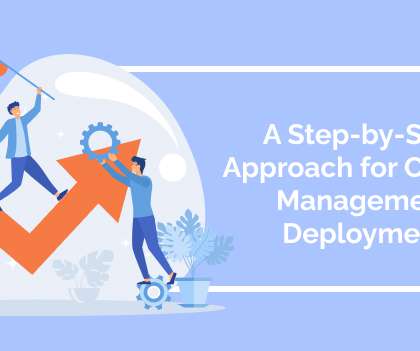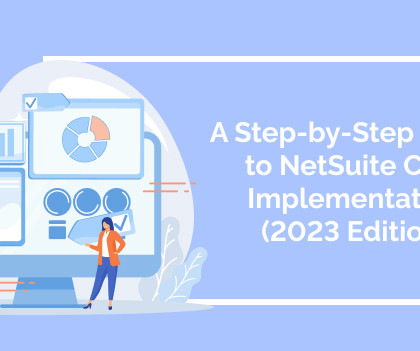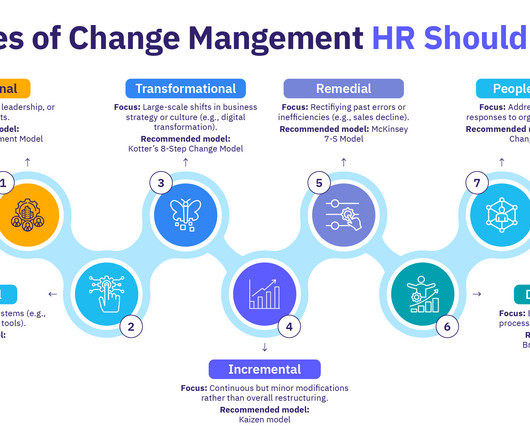A Step-by-Step Approach for Change Management Deployment
Walk Me
JANUARY 30, 2023
Different models break down the stages of change management deployment in their own way. Indeed, there are many ways to deploy organizational change effectively, and an organization’s leaders must research their models carefully to ensure that they find the right solution. The major step for a change itself is “rollout.”












Let's personalize your content